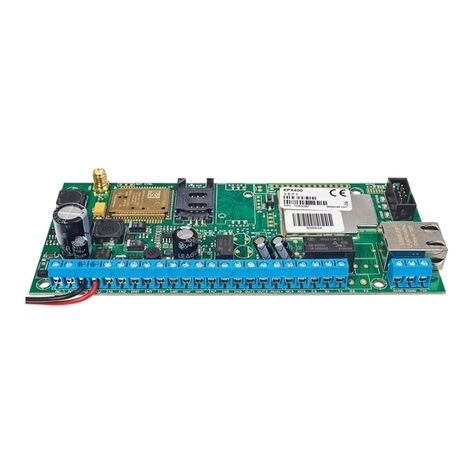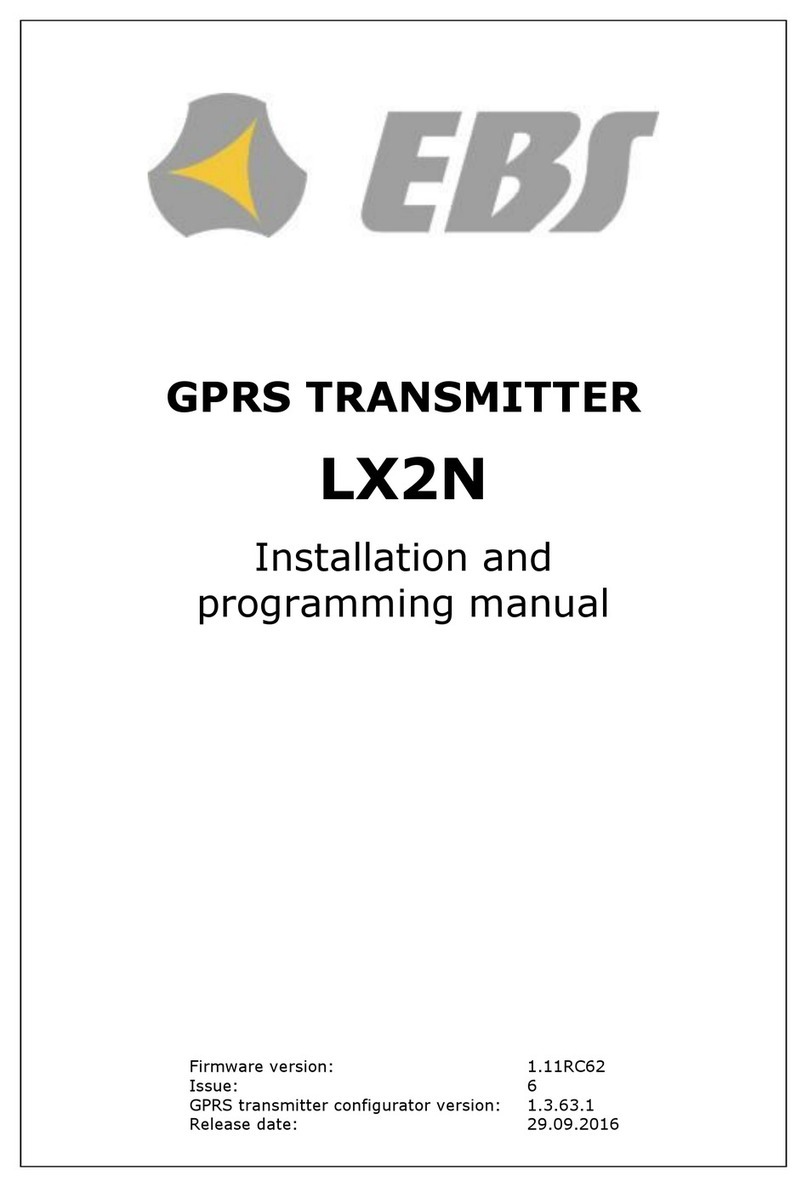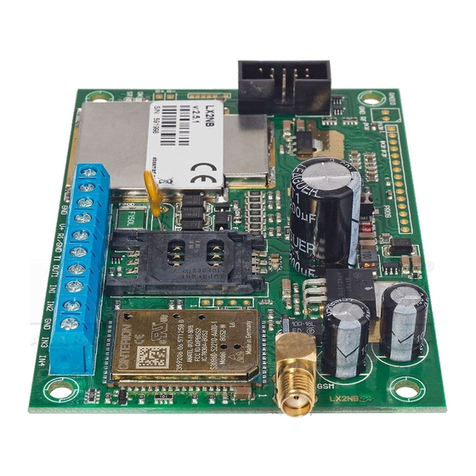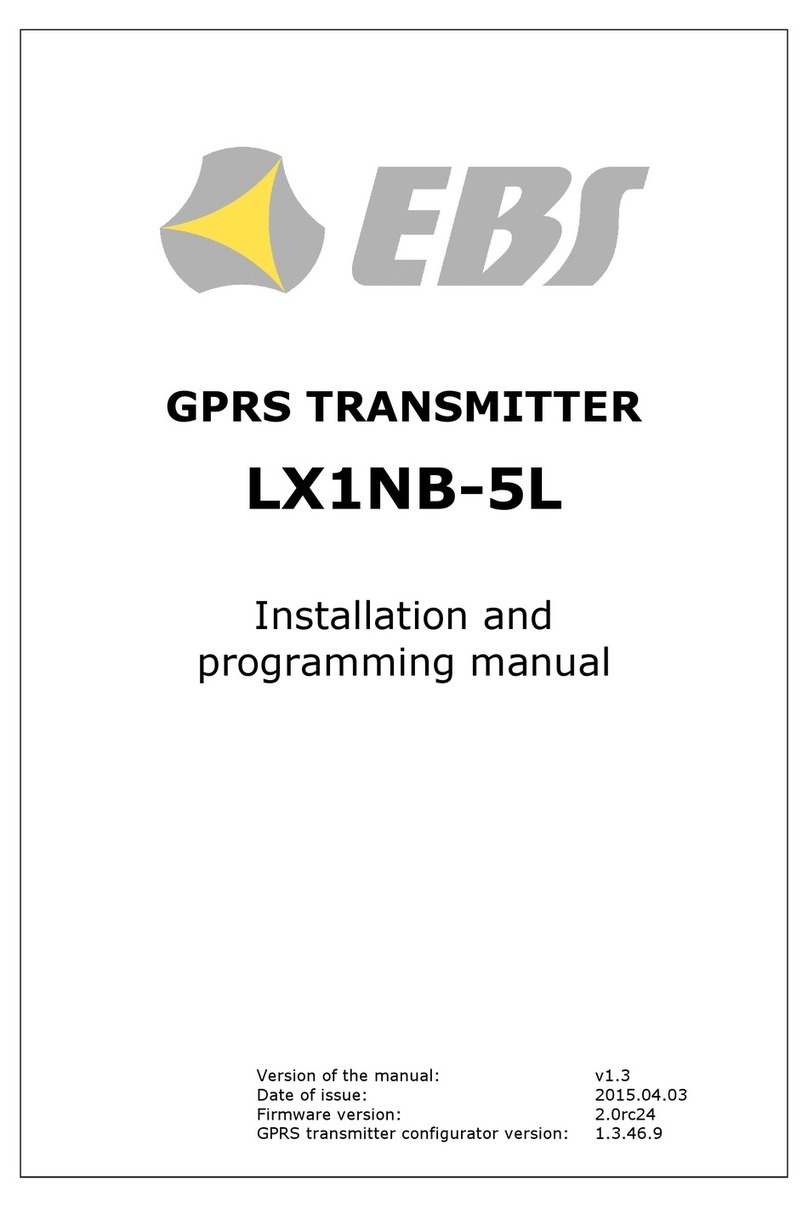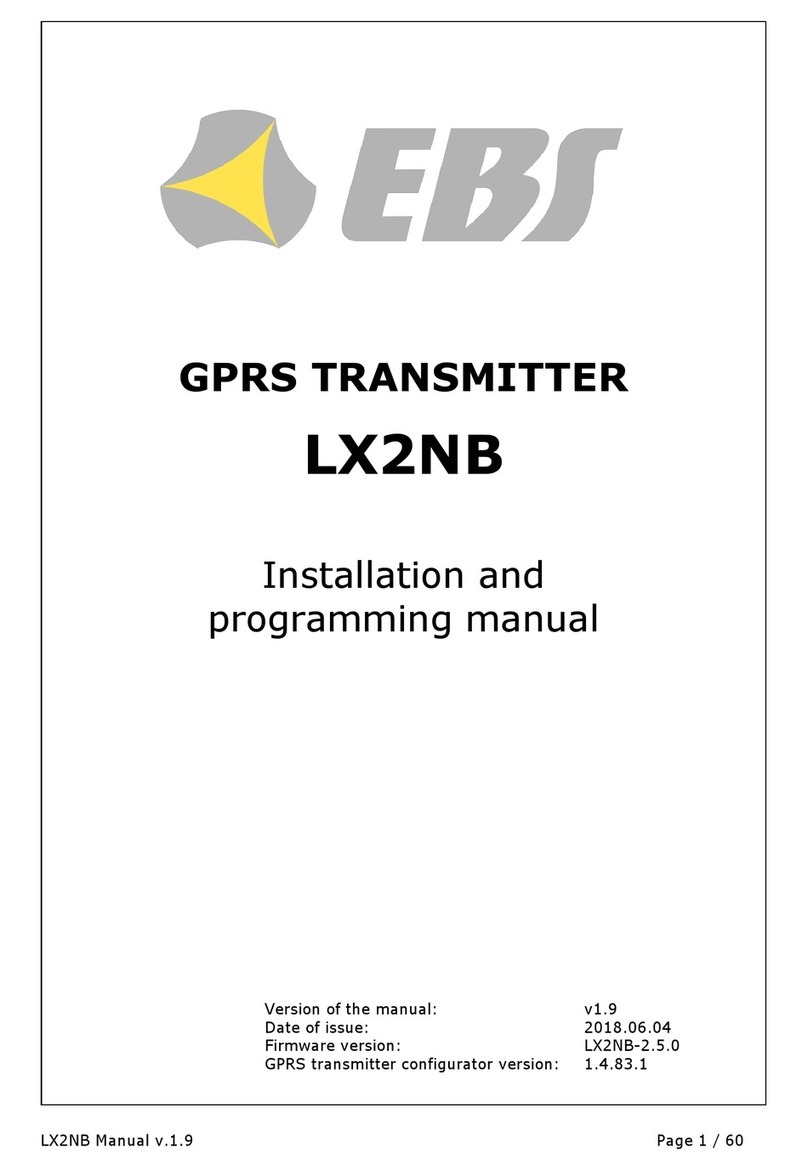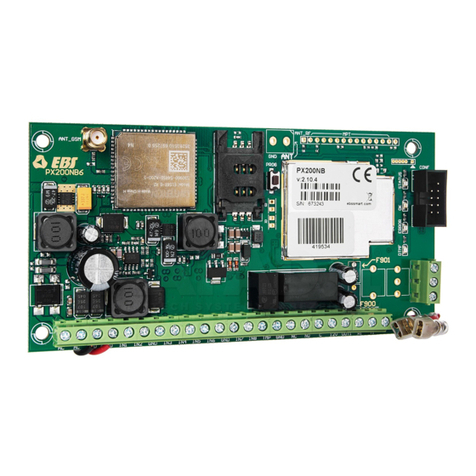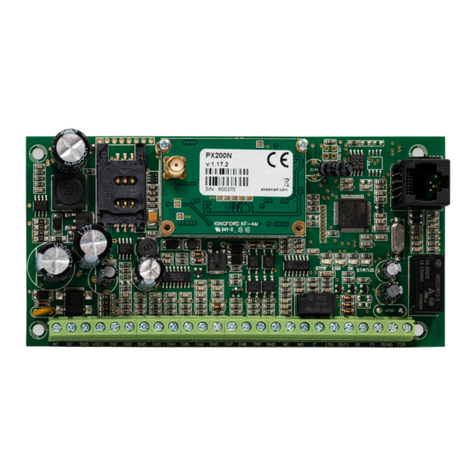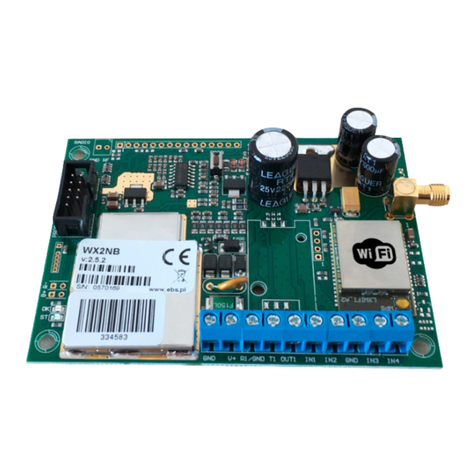LX1NB-5L Short manual Page 3 / 24
CONTENTS
CONTENTS .......................................................................................................... 3
1. GENERAL INFORMATION .......................................................................... 4
1.1. CAPABILITIES.......................................................................... 4
1.2. FUNCTIONALITY ...................................................................... 4
1.2.1. Relay output ...................................................................... 4
1.2.2. Clip and callback ................................................................. 4
1.2.3. Administrators.................................................................... 4
1.2.4. Users............................................................................... 4
1.3. SPECIFICATIONS...................................................................... 5
1.3.1. Functional ......................................................................... 5
1.3.2. Technical .......................................................................... 5
1.3.3. Layout ............................................................................. 6
1.3.4. Terminal description............................................................. 7
1.3.5. Installation and wiring .......................................................... 7
1.3.6. Input configuration .............................................................. 8
1.3.7. Relay configuration .............................................................. 8
2. INSTALLATION........................................................................................... 9
2.1. FIRST RUN ............................................................................. 9
2.2. RESTORING DEFAULT PARAMETERS .............................................. 9
3. CONFIGURATION..................................................................................... 10
3.1. CONFIGURATION TOOL............................................................ 10
3.1.1. First run ......................................................................... 10
3.1.2. Relay configuration ............................................................ 11
3.2. SMS COMMANDS .................................................................... 12
3.2.1. First run ......................................................................... 12
3.2.2. Commands ...................................................................... 12
4. LED INDICATORS..................................................................................... 19
4.1. LOGGING TO GSM NETWORK..................................................... 19
4.2. GSM RANGE .......................................................................... 19
4.3. DATA TRANSMISSION.............................................................. 20
4.4. PROGRAMMING...................................................................... 20
4.5. SIM CARD ERROR ................................................................... 20
4.6. FACTORY DEFAULT RESTORE .................................................... 21
4.7. SYSTEM ERROR ..................................................................... 21
5. REVISION HISTORY ................................................................................ 21
